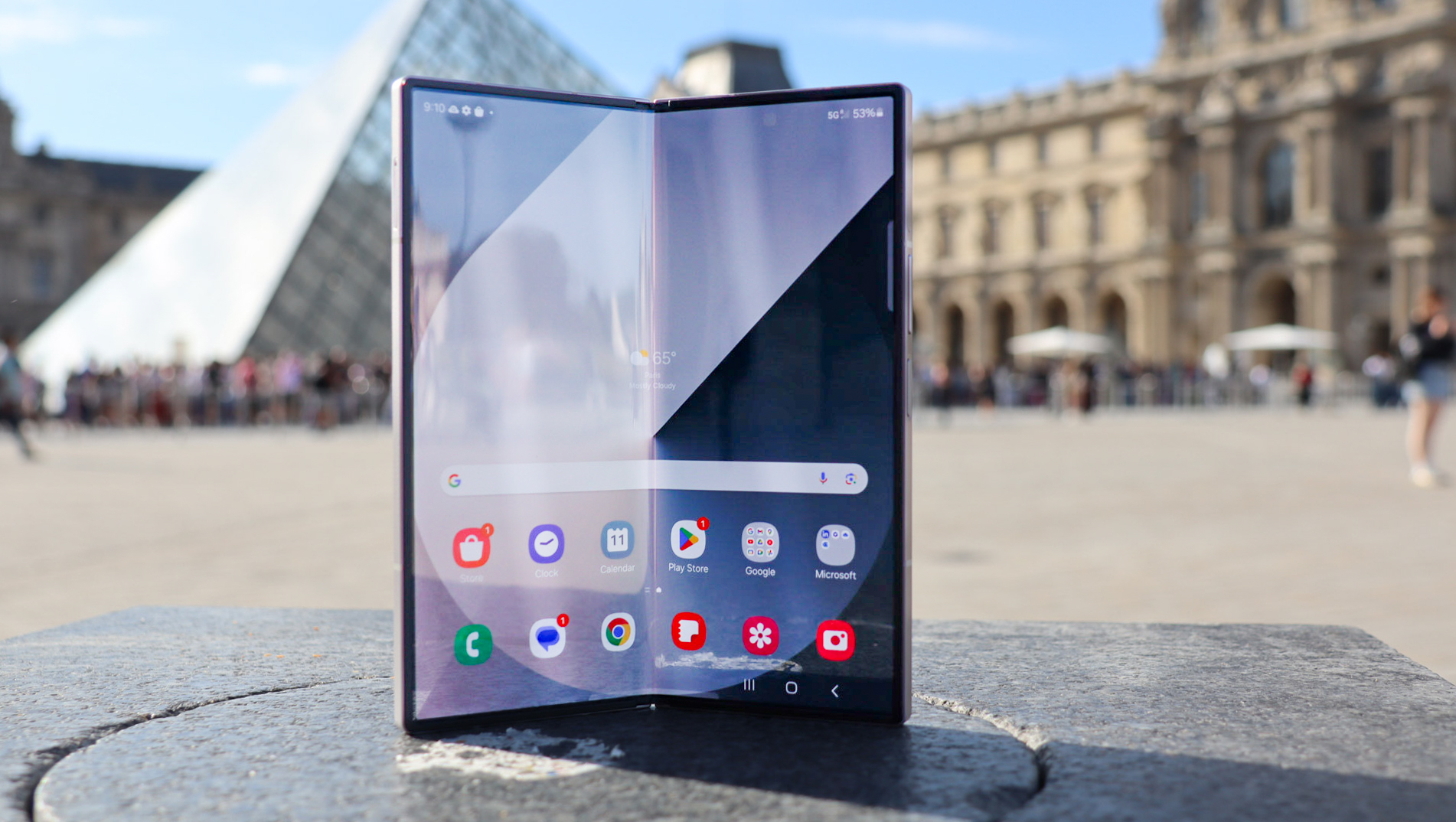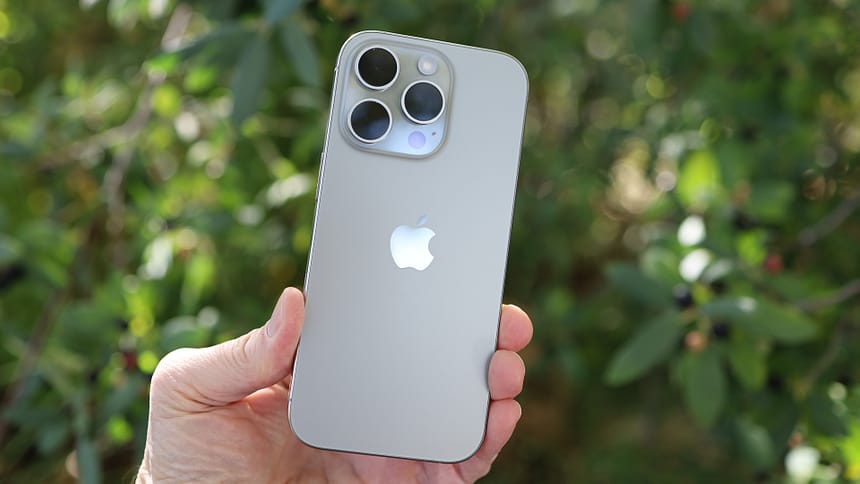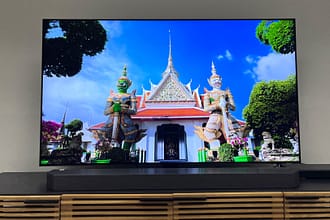- The foldable iPhone will reportedly use a different type of screen to Samsung’s foldables
- It will supposedly have an integrated touch sensor, making it thinner and lighter
- It’s also said to offer higher brightness and better color reproduction
The long-rumored foldable iPhone will reportedly have a display made by Samsung, yet despite that its screen could actually have Samsung’s own foldable phones beat according to a new report.
Leaker yeux1122 posting on South Korean blog Naver (via MacRumors), claims that the foldable iPhone will have a new type of screen that we haven’t seen on any Samsung Galaxy Z Fold or Samsung Galaxy Z Flip models.
Supposedly, this screen will have a touch sensor integrated directly into the display, whereas with Samsung’s current foldables the touch sensor is a separate layer placed on top of the foldable screen.
Having it integrated into the screen is common on non-foldable phones but is harder to achieve with a foldable. It comes with advantages though, including apparently making this screen around 19% thinner than Samsung’s Galaxy Z Fold displays, as well as being lighter.
That in turn could help Apple keep the foldable iPhone thin, with previous reports suggesting it could be just 4.5mm thick when unfolded and between 9mm and 9.5mm thick when folded.
Samsung could also benefit

That won’t necessarily make it any slimmer than the upcoming Samsung Galaxy Z Fold 7, which is also rumored to be slimming down a lot compared to the Samsung Galaxy Z Fold 6. But interestingly, according to this report Samsung is only making its own upcoming phone thinner because of the work it’s doing to meet Apple’s display requirements.
So, in other words the Samsung Galaxy Z Fold 7 may have a similar screen, but Samsung might not have pursued this if Apple hadn’t reportedly required it.
The foldable iPhone’s display probably won’t be identical to whatever the Galaxy Z Fold 7 has though, as Apple will apparently hold branding trademarks for the foldable iPhone’s screen, so it may well be even thinner than the Z Fold 7’s display.
And this new screen isn’t just said to be thinner and lighter than Samsung’s existing foldable displays, it also apparently has improved peak brightness, normal brightness, and color reproduction. So, this screen could be a real upgrade on the foldable displays we’ve seen to date.
Sadly, we probably won’t see it for a while yet, with the foldable iPhone not likely to launch before late 2026. But we may at least see some of these improvements in the Samsung Galaxy Z Fold 7, which is likely to land this July.






